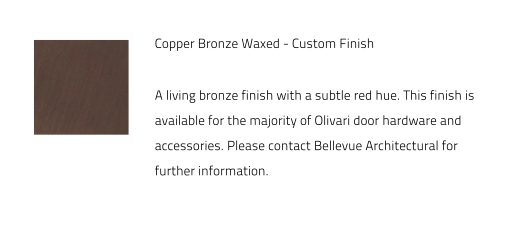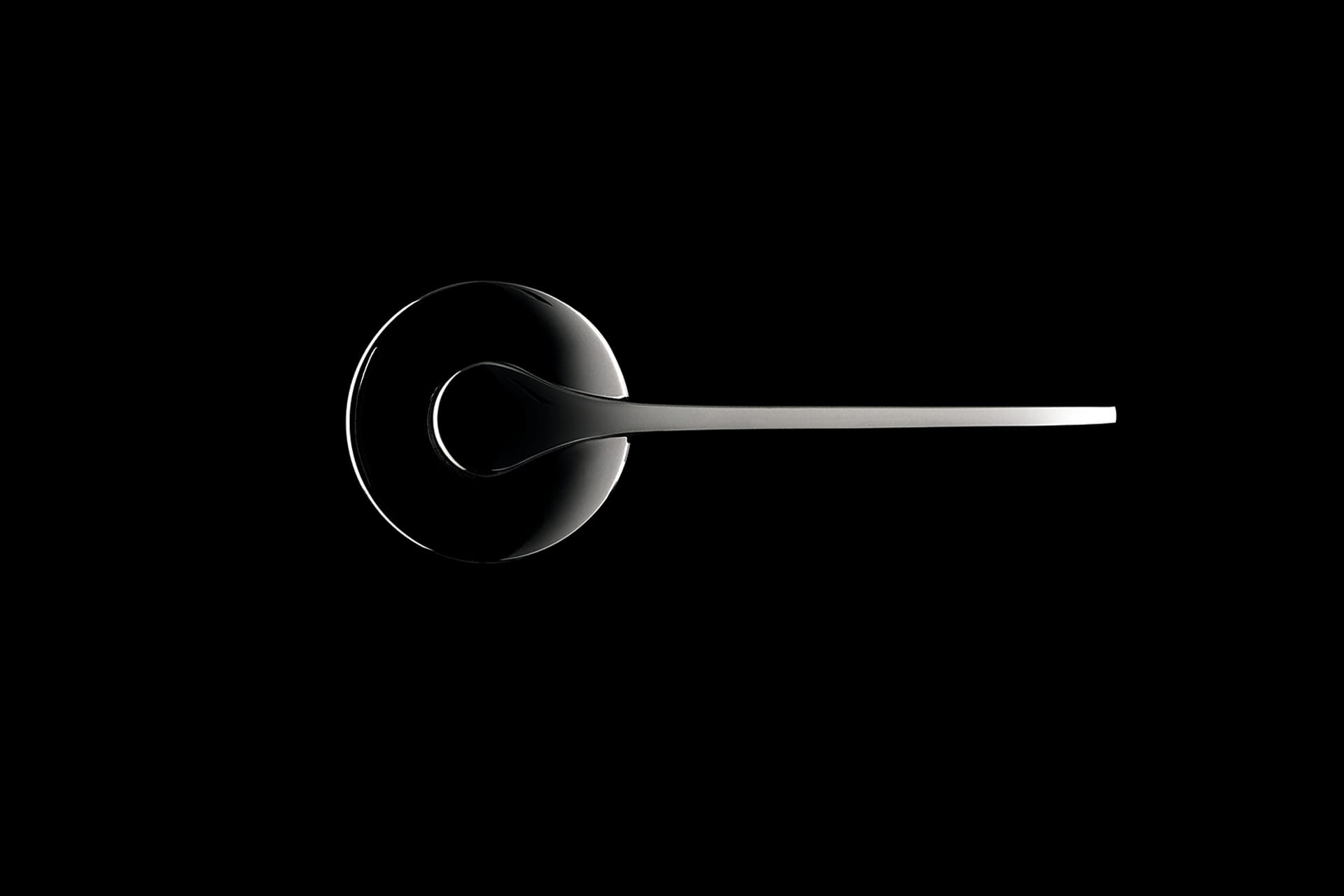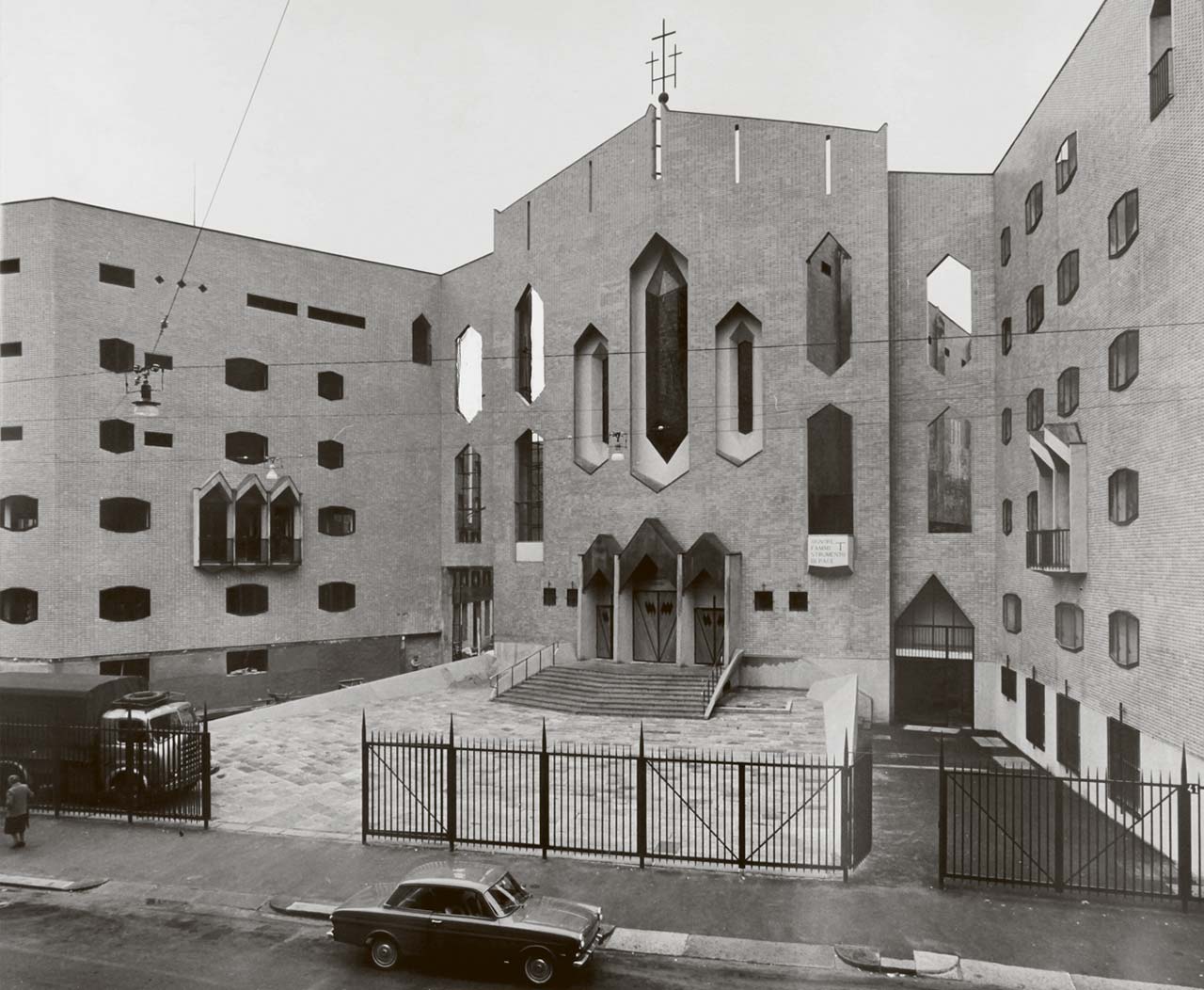Lama L - M106
Gio Ponti 2016
In his long and productive collaboration with Olivari, Ponti focused on two types of approach to the design of handles. One was more organic, where the lever is offered to the hand’s grip as a sinuously modelled element. The other was inspired by geometric clarity, according to which the hand naturally adapts to the shape. The former led to independent forms that are more expressive and influenced by ergonomic requirements.
- Single piece rose
- Bolt through fixings
- Sold & Supported Aust & NZ wide
- 100% Solid Brass forged construction
- 100% made in Italy for over 110 years
- Torsion vs. coil spring: lifetime guarantee
- 10 / 30 Year Guarantee on Olivari finishes
- 5mm rose: European Locks & Latches
- 8mm rose: Aust & Euro Locks & Latches
Lama L
Gio Ponti 2016



















In his long and productive collaboration with Olivari, Ponti focused on two types of approach to the design of handles. One was more organic, where the lever is offered to the hand’s grip as a sinuously modelled element. The other was inspired by geometric clarity, according to which the hand naturally adapts to the shape. The former led to independent forms that are more expressive and influenced by ergonomic requirements.
- Single piece rose
- Bolt through fixings
- Sold & Supported Aust & NZ wide
- 100% Solid Brass forged construction
- 100% made in Italy for over 110 years
- Torsion vs. coil spring: lifetime guarantee
- 10 / 30 Year Guarantee on Olivari finishes
- 5mm rose: European Locks & Latches
- 8mm rose: Aust & Euro Locks & Latches


The latter led Ponti in the direction of linear and coordinated forms that seek harmony in unity with the setting and its logical legibility. He followed this approach when he was designing a handle for the Pirelli skyscraper in Milan.


The resulting model was Lama, a condensation of his vision in which classical symbolism prevails over functionalism.


The geometric simplicity of its shape, so thin as to resemble a blade (lama in Italian) offers a counterpoint to the carefully studied definition of the radii that soften the sharp-edged profile of its flat contours.



 CR
CR  IS
IS  IBN
IBN  ISN
ISN  IB
IB  ISB
ISB  PBU
PBU  ISC
ISC  ISBRZ
ISBRZ  IA
IA  MBW
MBW  CBW
CBW  DBW
DBW  EMB
EMB  PC
PC  L136
L136  M107R1
M107R1